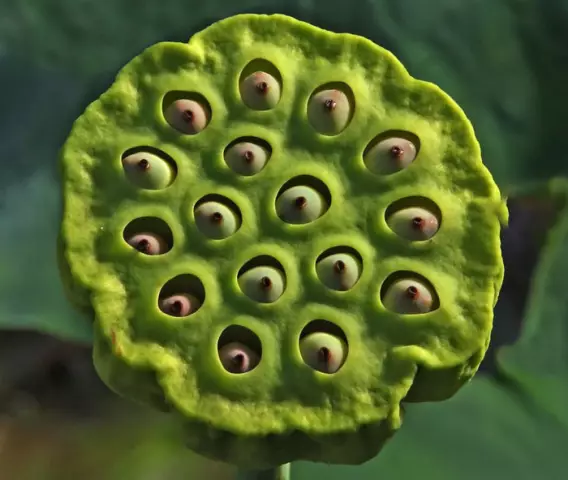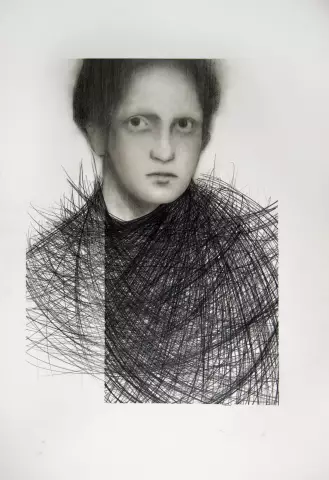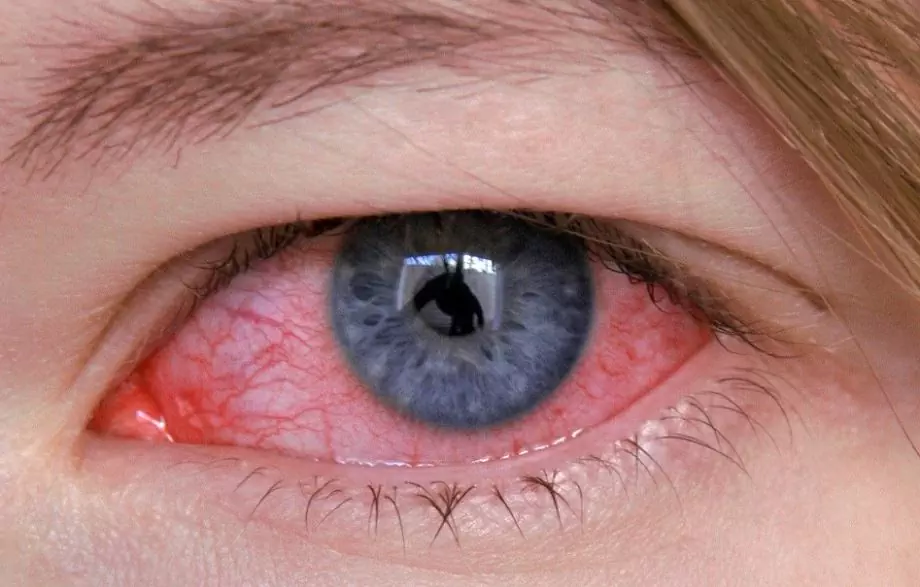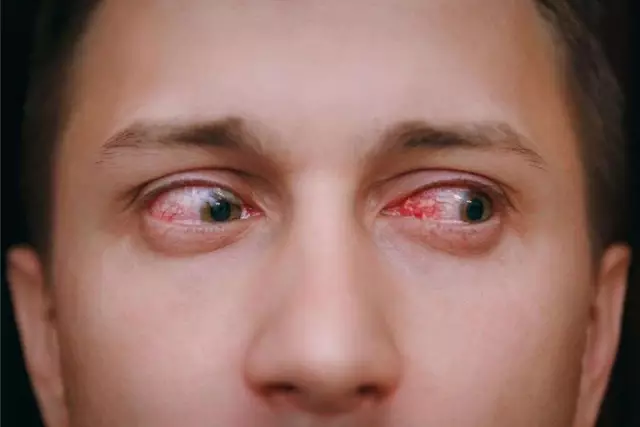- Author Rachel Wainwright [email protected].
- Public 2023-12-15 07:39.
- Last modified 2025-11-02 20:14.
Trypophobia
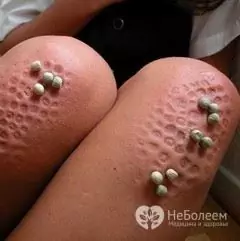
Trypophobia is a panic fear of open holes, holes, skin abscesses, etc. The disease was first identified in the early 2000s by medical specialists at the University of Oxford.
Causes and symptoms of trypophobia
In a state of phobia, a person experiences an uncontrollable strong fear in relation to any object, action or living organism. With trypophobia, there is a general decrease in performance, loss of coordination, dizziness, nausea and vomiting, and nervousness.
The objects of fear in trypophobia are:
- holes in living organisms, including tissues of animals and humans, skin acne, acne, smallpox, open pores, skin destruction, holes in muscles, holes of various glands, etc.;
- holes in food, including veins and veins in raw meat, cheese circles, honeycombs, holes in fruits and vegetables, bread holes, etc.;
- holes in plants (bean pods, corn, seeds, etc.);
- geological holes of natural origin (water holes in rocks, organic, natural resources, etc.);
- holes made by living organisms (worms, larvae, caterpillars, etc.).
Trypophobia on the skin is expressed in the form of allergic reactions, redness or blanching, excessive sweating. With this phobia, the heartbeat increases, tremors appear in the limbs, and breathing sometimes becomes difficult. Trypophobia on the skin can manifest itself in the form of bright spots from emotional stress.
Most phobias arise from unexplained and spontaneous reasons, but some have hereditary, mental, cultural and age-related explanations.
Cultural factors in the appearance of trypophobia are attitudes, opinions and phenomena that arise in certain cultural groups or national associations. In some cases, this phobia can manifest itself in a certain social situation.

Also, trypophobia can arise from family relationships, hereditary predisposition and from external events in family life.
With age, trypophobia manifests itself depending on age-related changes, life experience and experienced situations.
Often this phobia manifests itself in the form of an uncontrollable outburst of fear, obsession, general nervousness and gag reflex.
Trypophobia treatment
The main method of treating trypophobia is desensitization, that is, the restoration of normal physical and mental state, harmony and balance.
The psychological correction and replacement method removes the obsession with fear of holes. The patient is shown a peaceful picture that normalizes his condition, and then images with holes are shown. The show is carried out alternately and is designed to change thinking, eliminate disgust and restore mental comfort.
If necessary, during the treatment of trypophobia, anti-allergic and sedative drugs are prescribed.
During treatment, a medical specialist conducts consultations, special sessions of an individual and group type, and also prescribes to the patient several psychological ways to eliminate the symptoms of trypophobia. The patient should do daily breathing, relaxation and sedation exercises.
If trypophobia has a severe form, in which the patient has spasms, convulsions, severe headaches, loss of consciousness and paralysis, then intensive therapy is prescribed in a hospital using anticonvulsant, anti-inflammatory and sedative drugs.
YouTube video related to the article:
The information is generalized and provided for informational purposes only. At the first sign of illness, see your doctor. Self-medication is hazardous to health!

